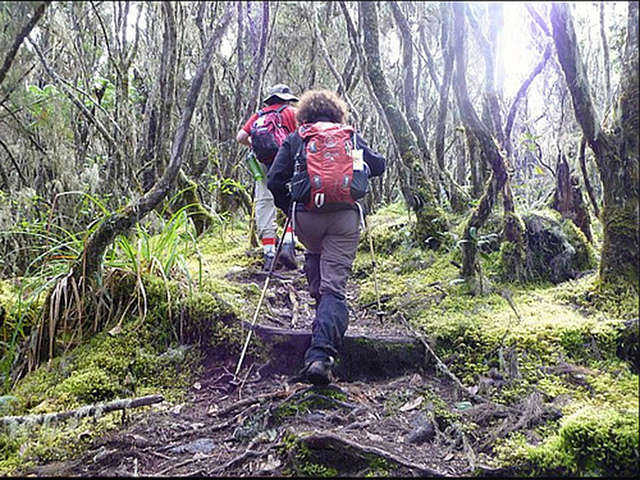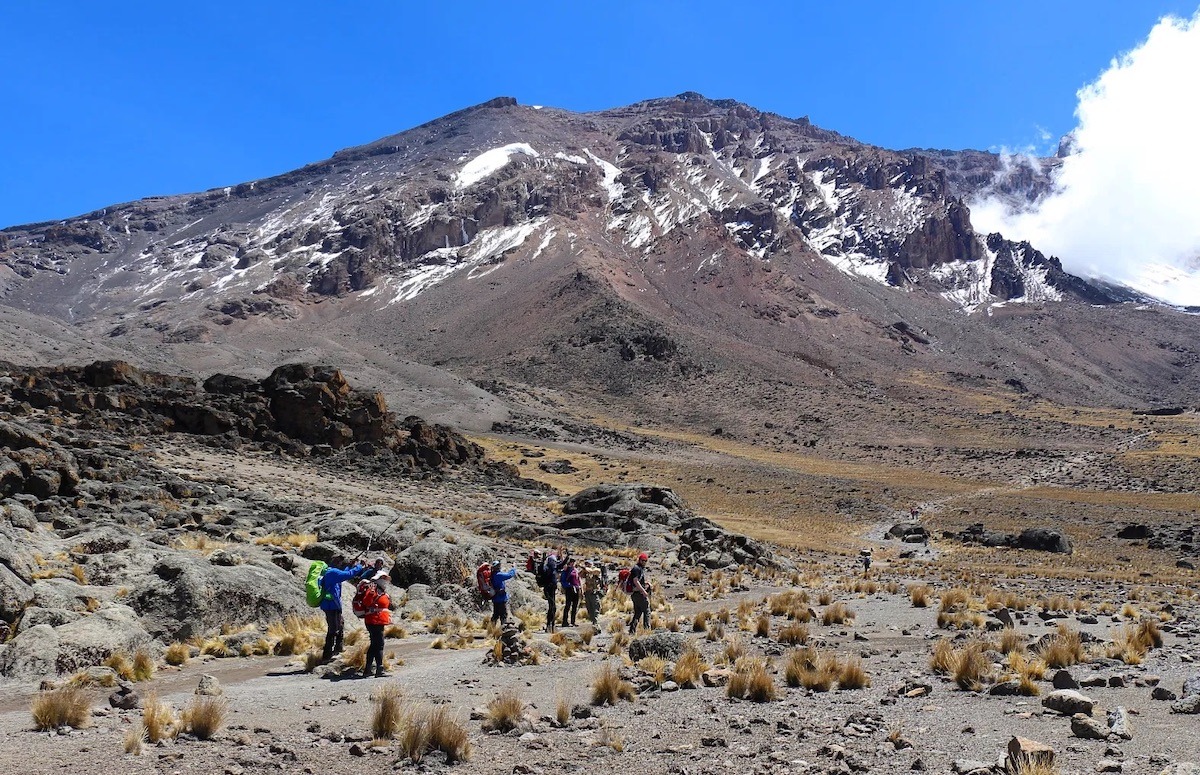- Home
- Destinations
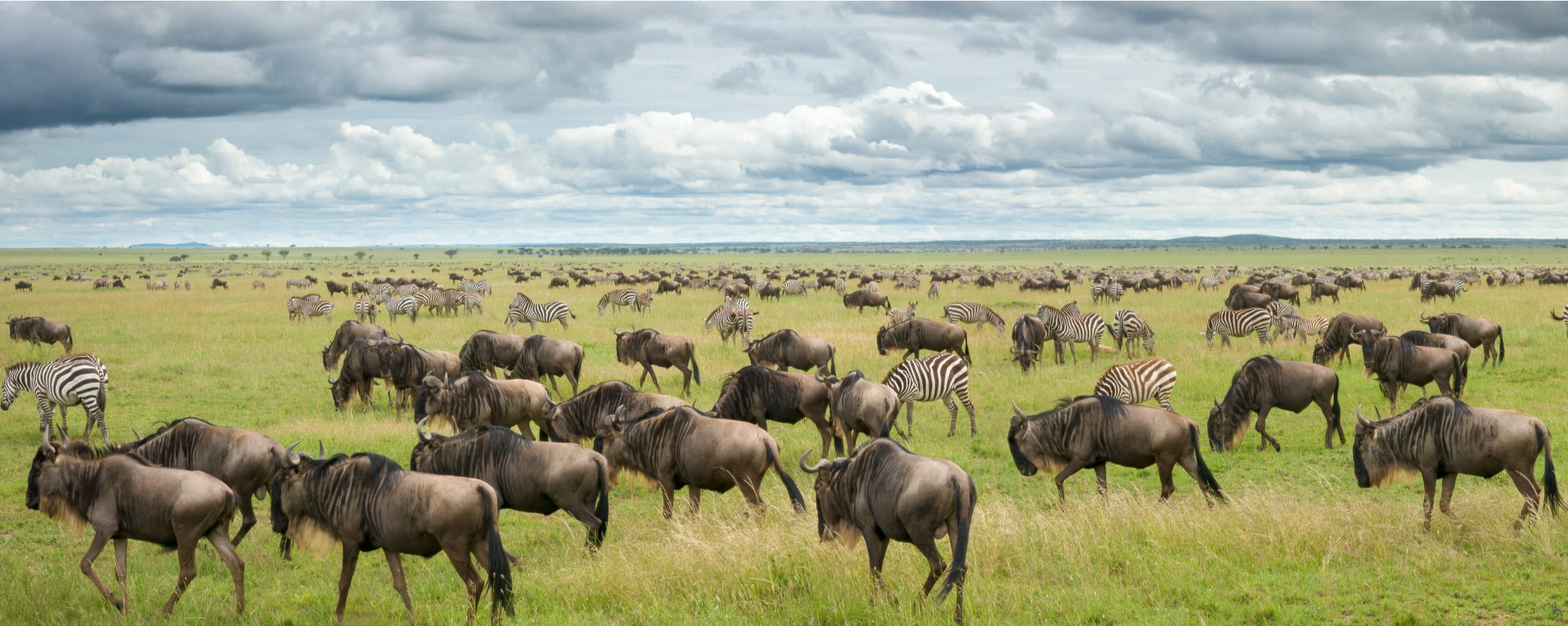
Serengeti National Park
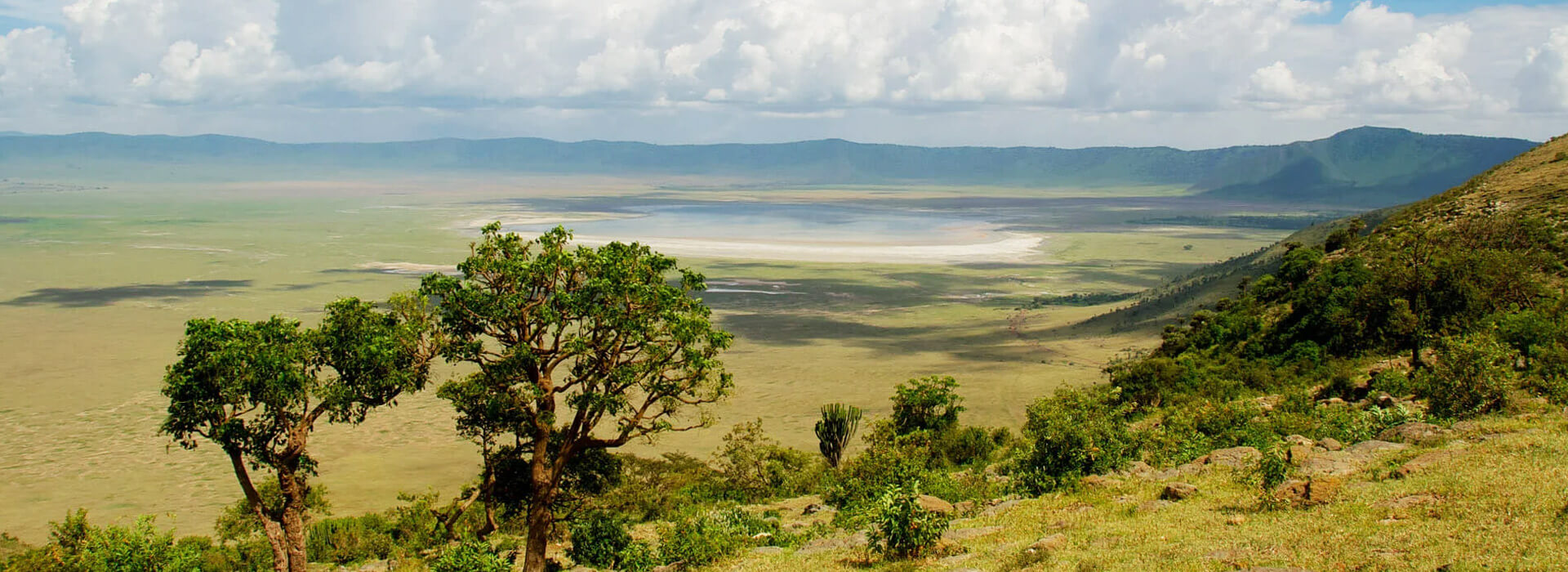
Ngorongoro Crater
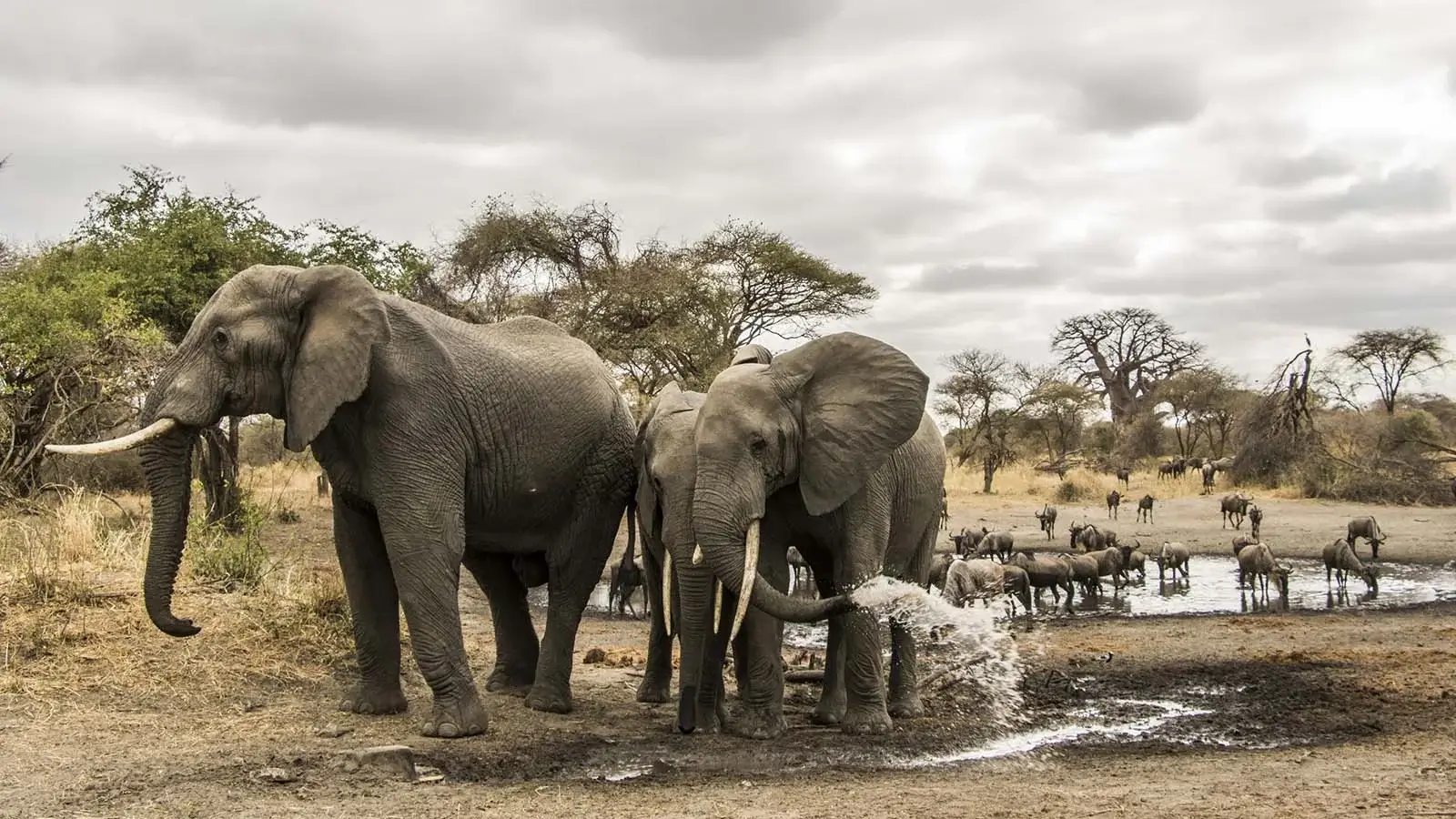
Tarangire National Park
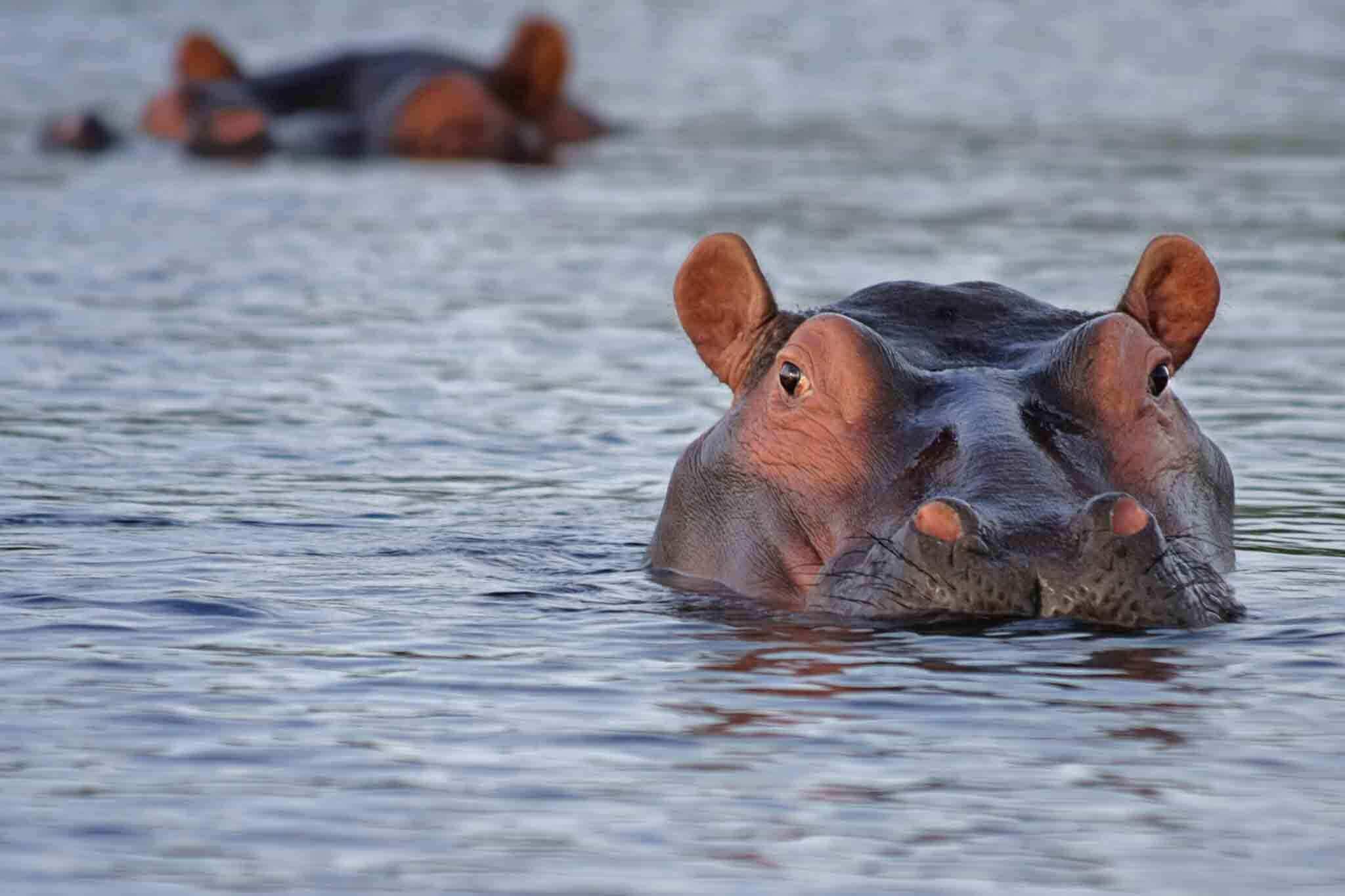
Lake Manyara National Park
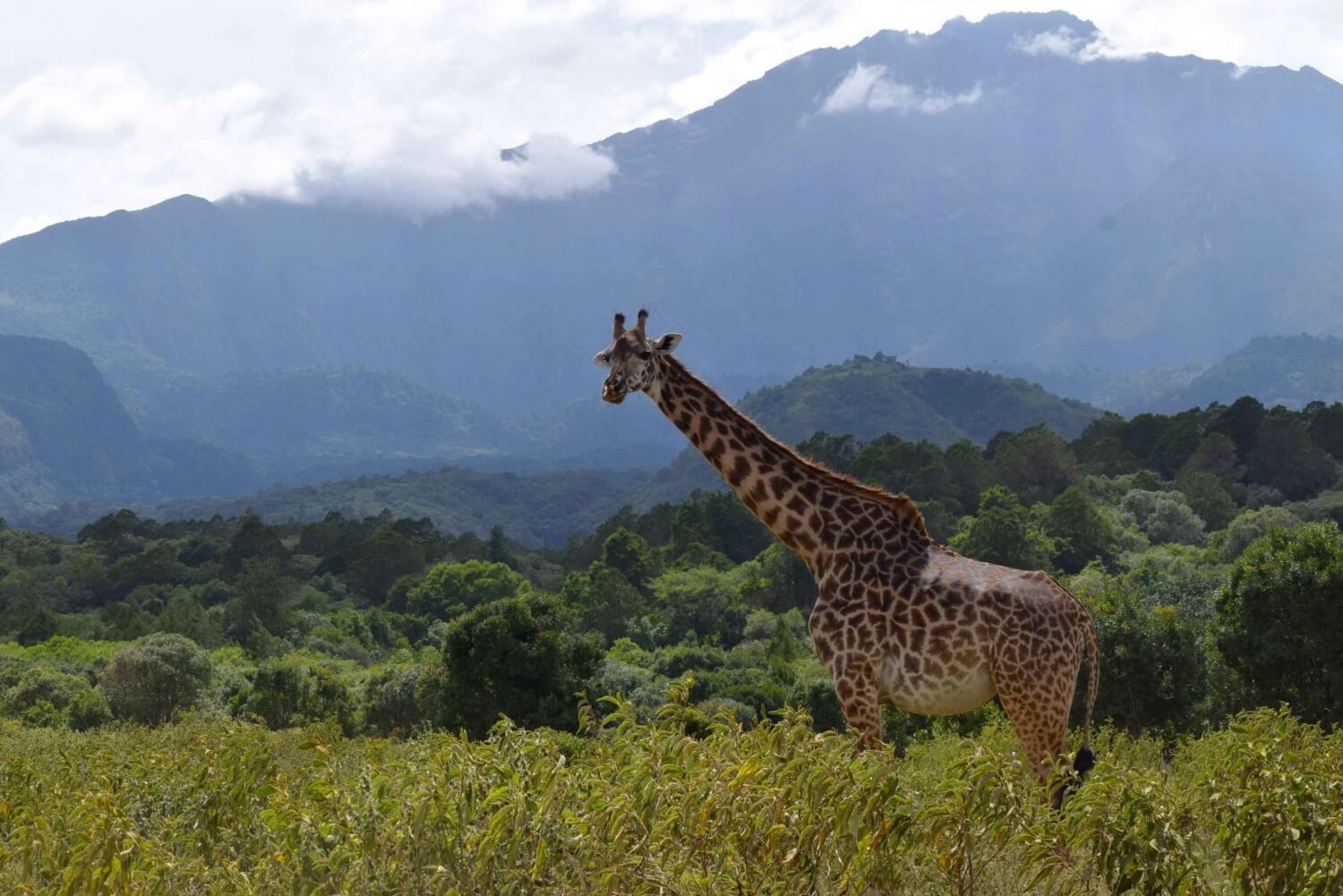
Arusha National Park

Zanzibar Island
- Safaris

3 Days Serengeti and Lake Manyara

5 Days Wildlife Tanzania Safari
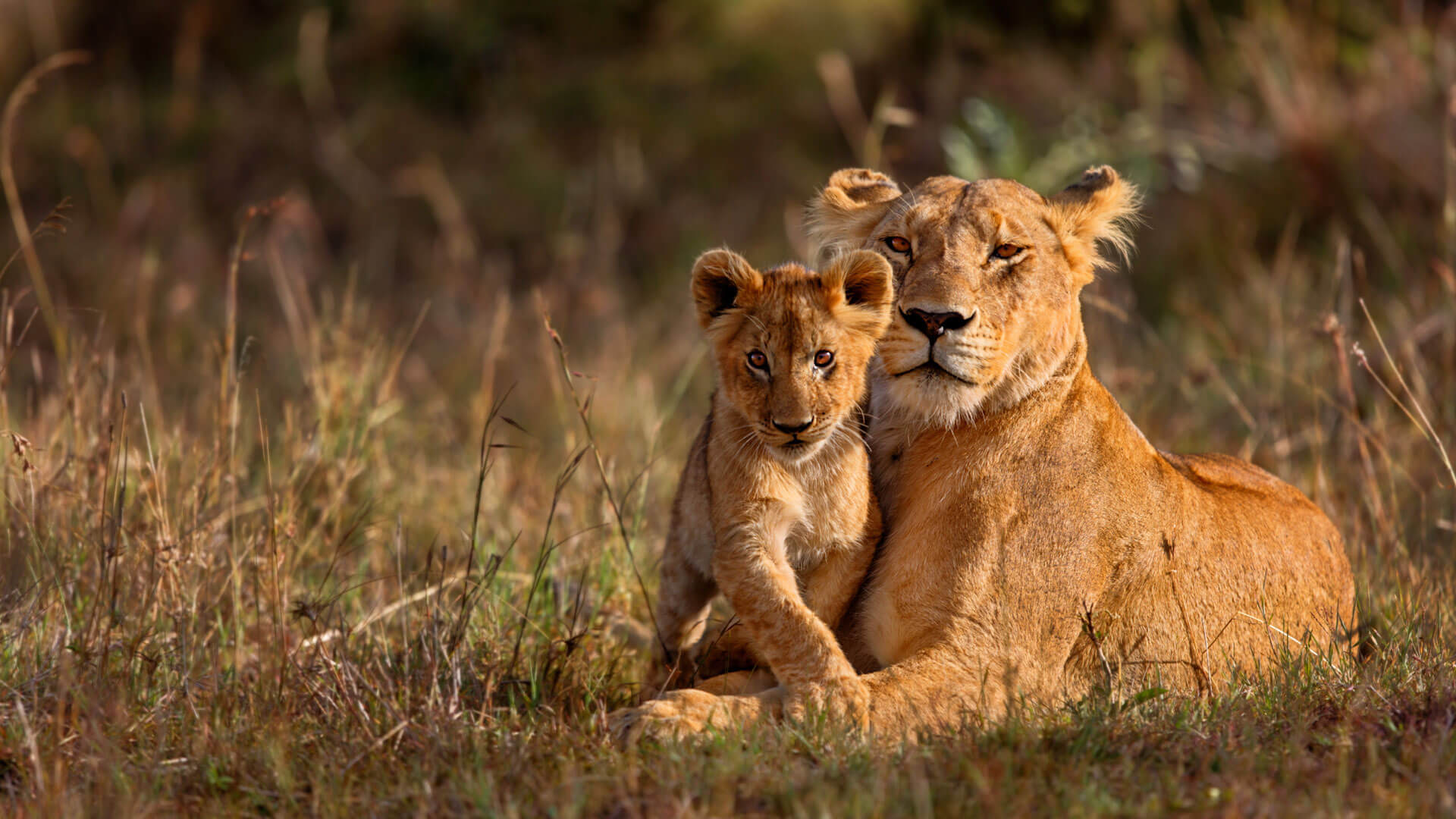
6 Days Tanzania
Safaris
12 Days Tanzania Safaris & Migration
- Trekking

Mountain Kilimanjaro
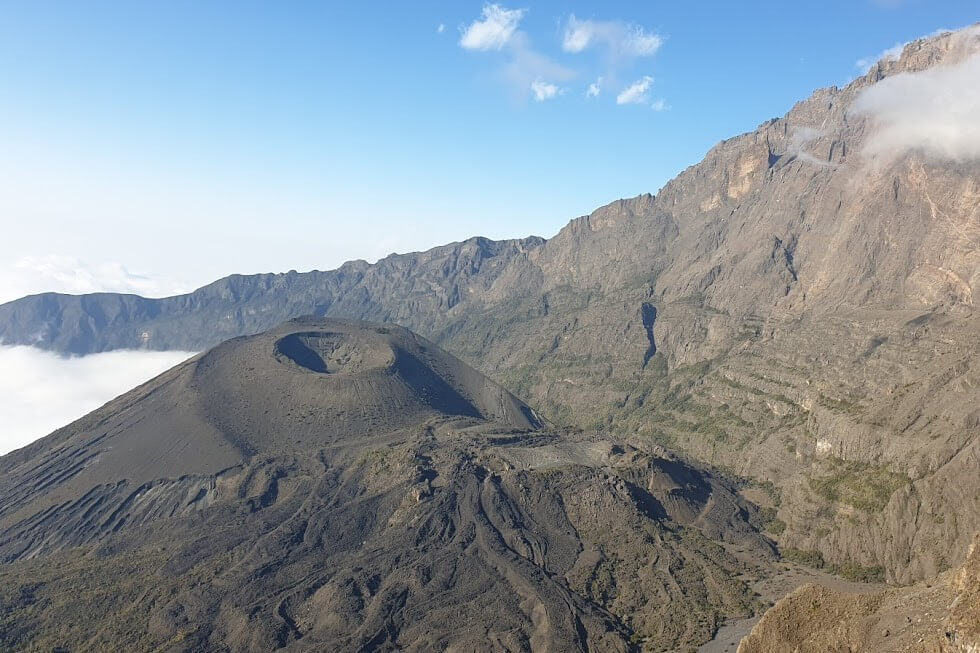
Mount Meru
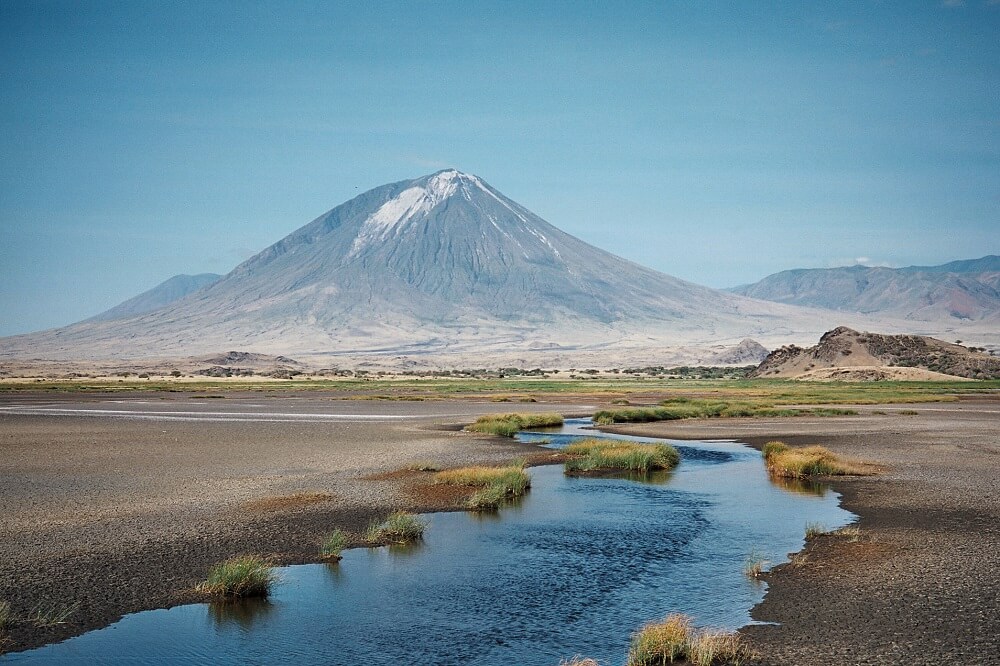
Oldonyo Lengai

Udzungwa Mountain
- Cultural Tours
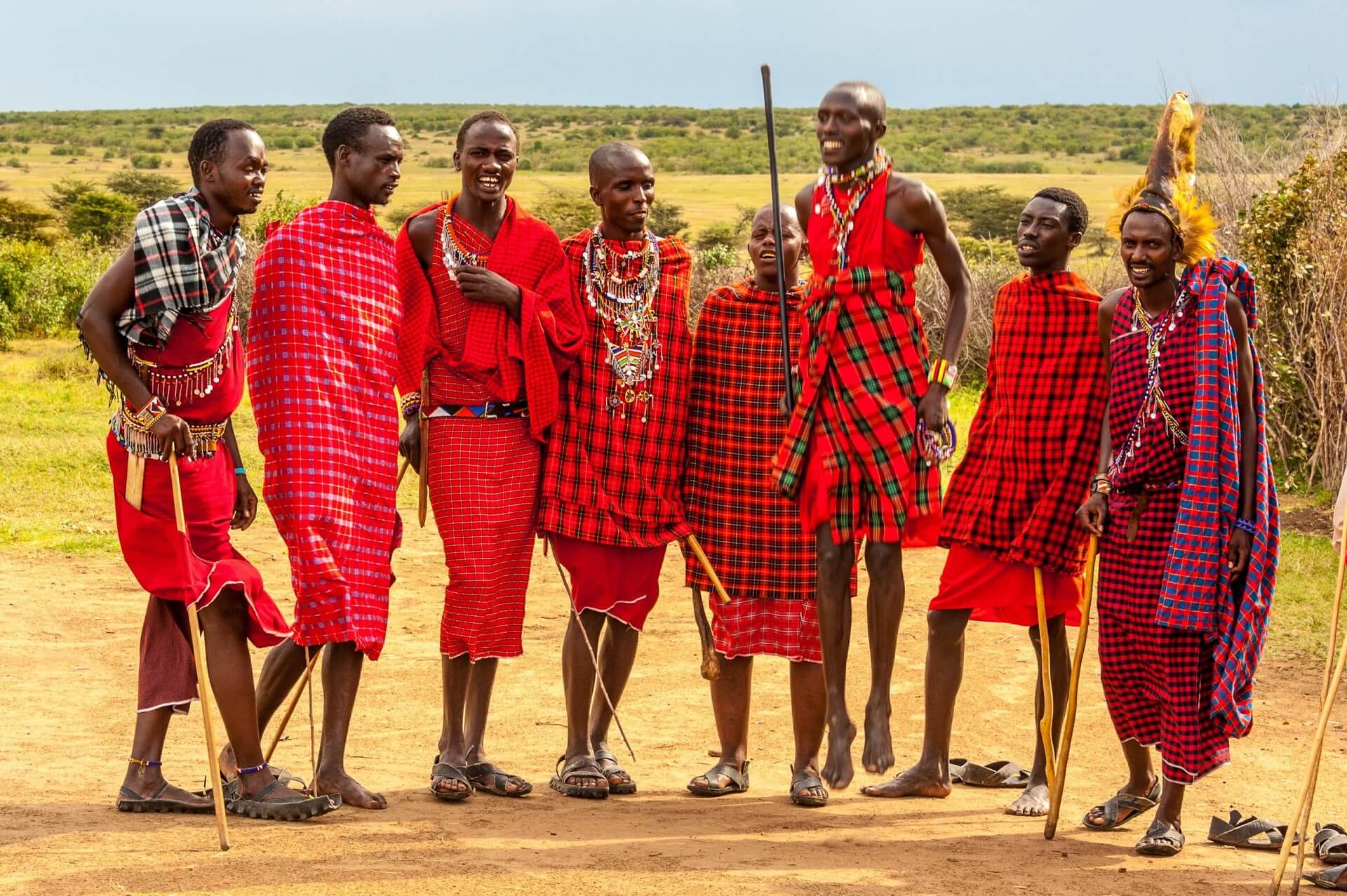
Maasai Tribe
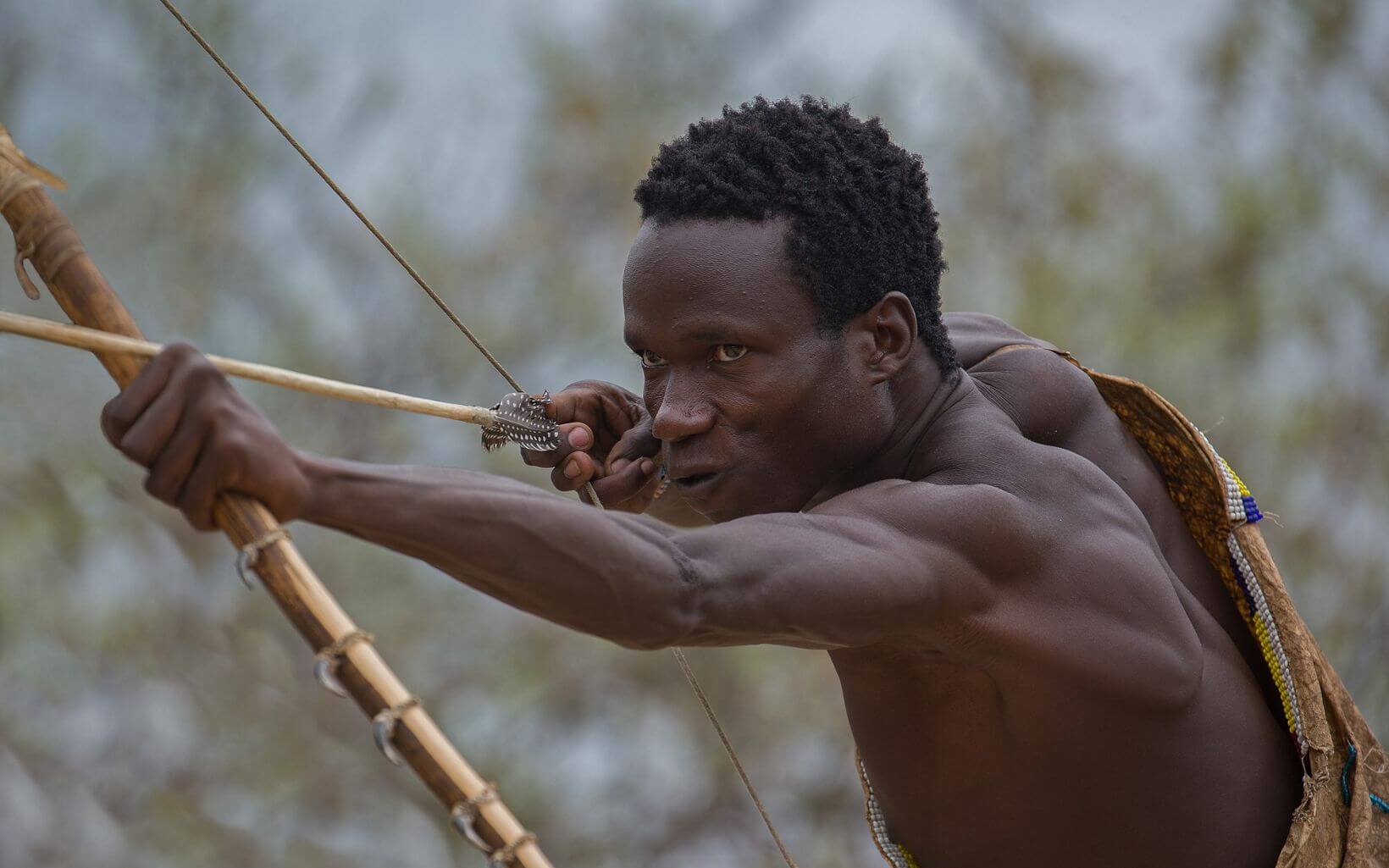
Hadzabe Tribe
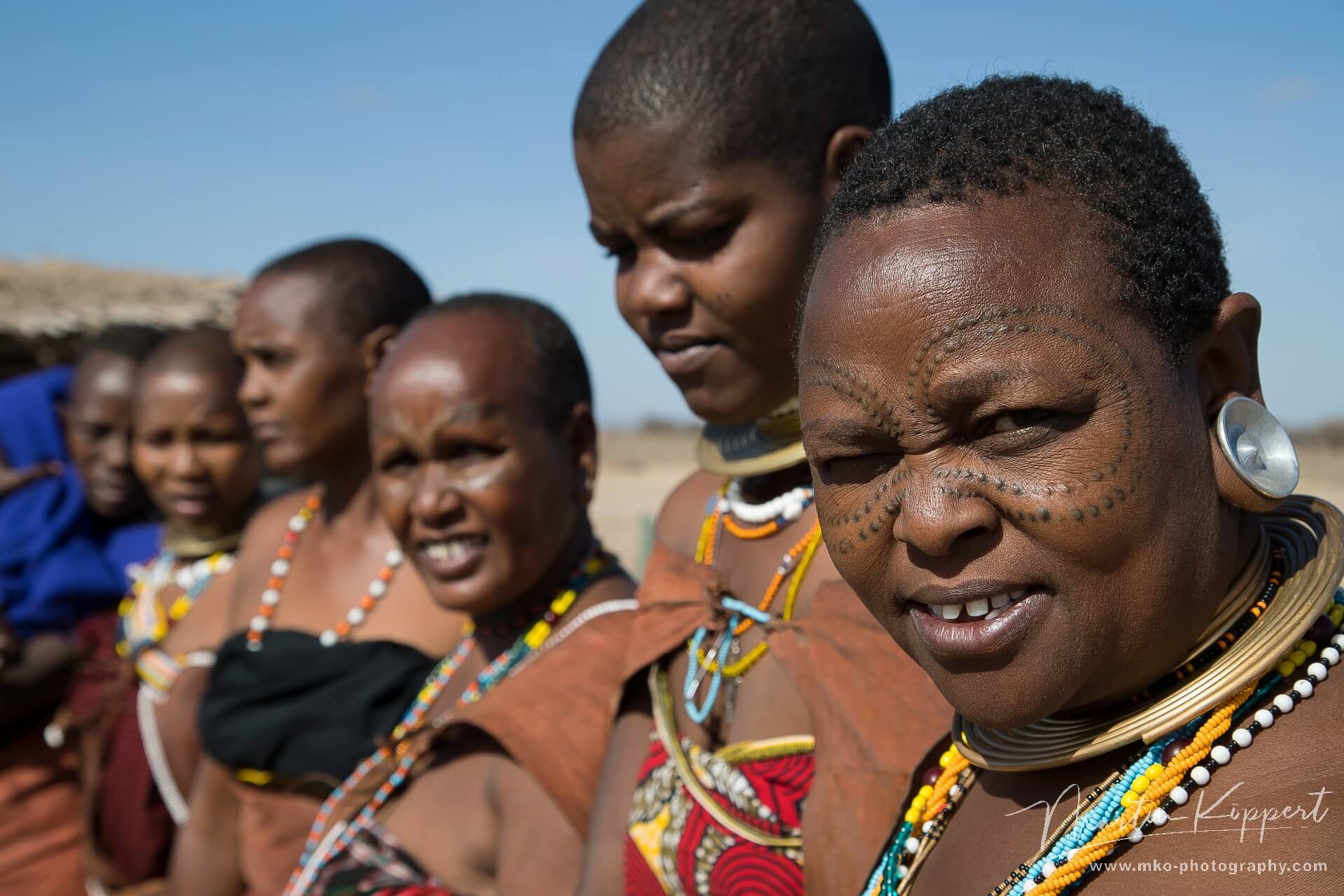
Datoga Tribe
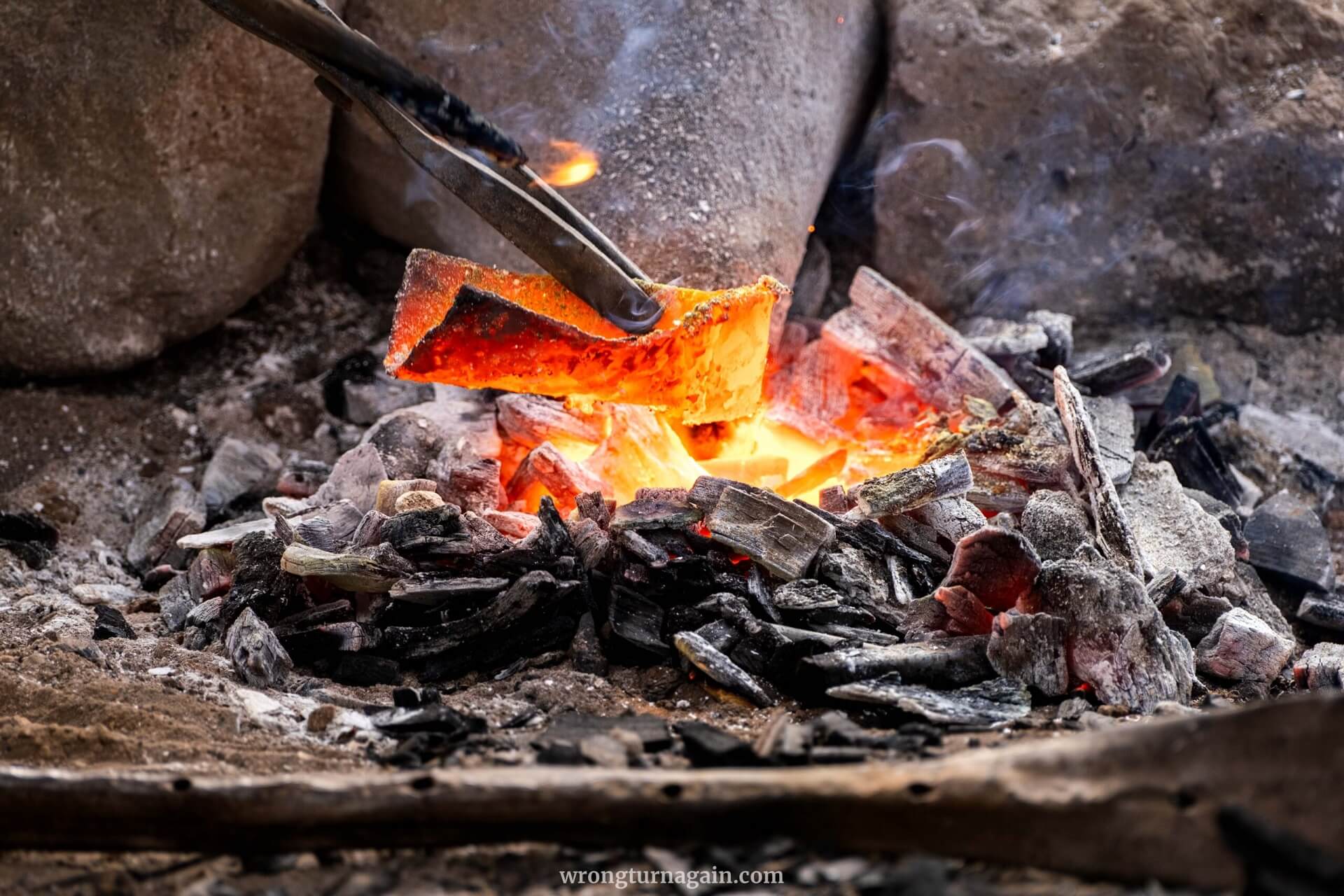
Blacksmith
- Activities
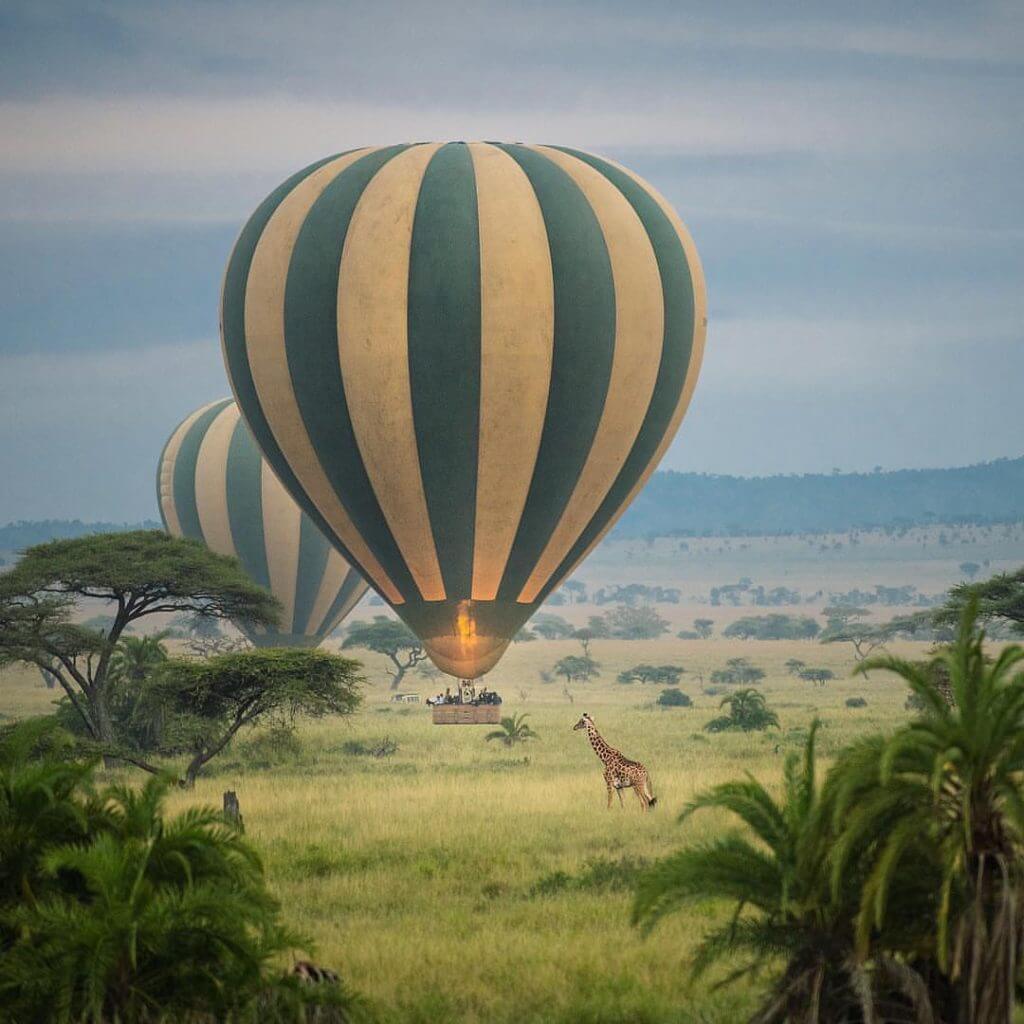
Balloon Safari

Walking Safari
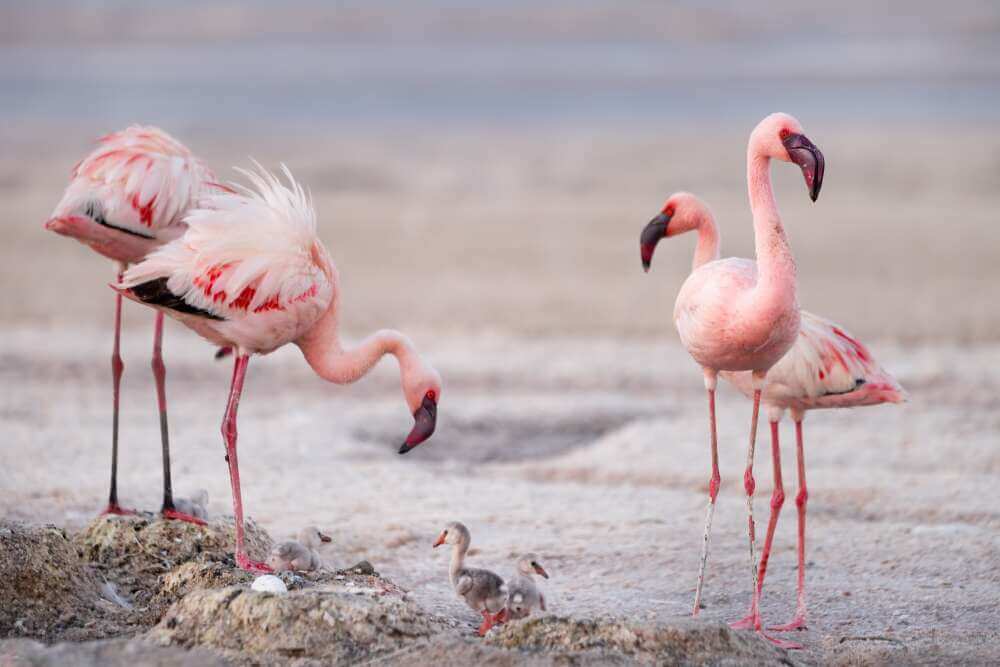
Bird Watching

Wildebeest Migration
- Filming
- Philanthropy
- Home
- Destinations

Serengeti National Park

Ngorongoro Crater

Tarangire National Park

Lake Manyara National Park

Arusha National Park

Zanzibar Island
- Safaris

3 Days Serengeti and Lake Manyara

5 Days Wildlife Tanzania Safari

6 Days Tanzania
Safaris
12 Days Tanzania Safaris & Migration
- Trekking

Mountain Kilimanjaro

Mount Meru

Oldonyo Lengai

Udzungwa Mountain
- Cultural Tours

Maasai Tribe

Hadzabe Tribe

Datoga Tribe

Blacksmith
- Activities

Balloon Safari

Walking Safari

Bird Watching

Wildebeest Migration
- Filming
- Philanthropy
Mount Kilimanjaro
Introduction
Tanzania is home to the highest mountain in Africa – Mount Kilimanjaro, which rises to 5,895 meters and is the highest free-standing mountain in the world. Despite its immense height, Kilimanjaro is one of the most accessible high summits globally, with many climbers reaching Uhuru Peak using little more than a walking stick, proper clothing, and determination.
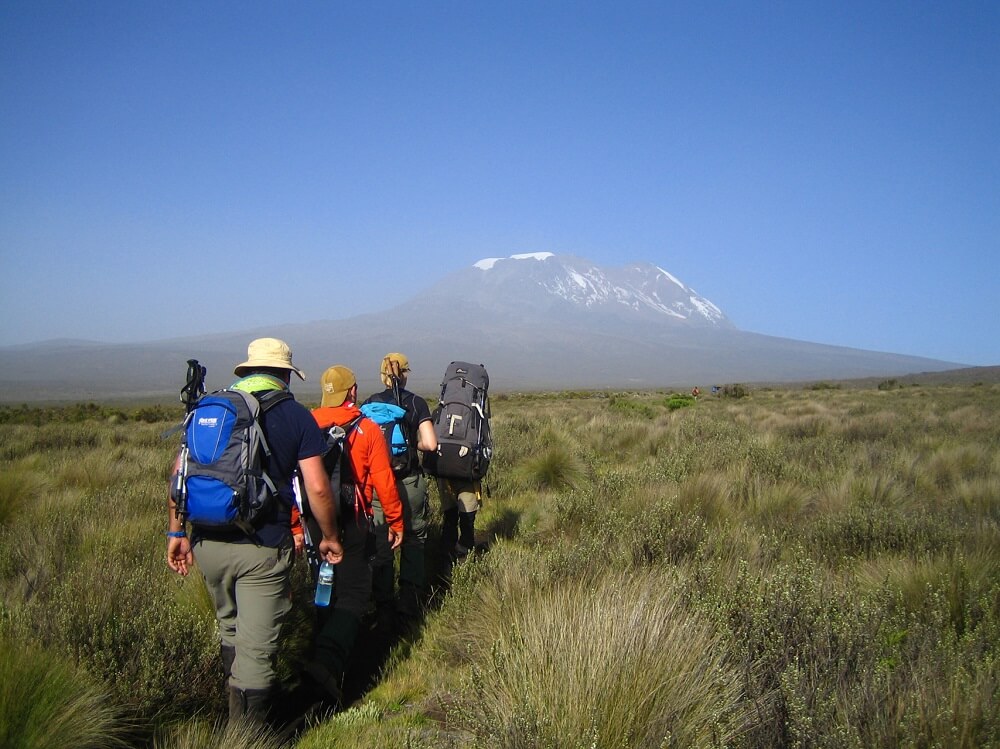
Climatic Journey
Climbing Kilimanjaro is like embarking on a virtual climatic world tour. The journey begins in tropical rainforests on the lower slopes, passes through alpine heath, then into an almost barren alpine desert, and finally reaches the Arctic-like summit of snow and ice, just 3 degrees south of the Equator.
Routes to the Summit
There are six established routes to climb Kilimanjaro, each offering a unique experience in terms of scenery, difficulty, and duration. Depending on the chosen route, the climb can take between four to six nights. Guides and porters will accompany climbers throughout the journey, and no technical climbing equipment is required on these routes.
Marangu Route
The Marangu Route, often referred to as the main route, is the most popular ascent path due to its relatively gradual incline. Climbers benefit from staying in mountain huts equipped with bunk beds, communal dining areas, and basic facilities. The route typically takes 5 days / 4 nights, with an optional extension to 6 days / 5 nights for better acclimatization at Horombo Hut. This route offers a comfortable and less strenuous climb, making it ideal for those seeking a smoother ascent.
Machame Route
The Machame Route is renowned for its stunning scenery and is favored by more adventurous hikers. This route involves camping in mobile tents and is generally completed in 6 days / 5 nights. It is more challenging than the Marangu Route due to its varied terrain and steeper paths, but the breathtaking views and diverse landscapes make it a rewarding option for those seeking a more rugged and scenic experience.
Rongai Route
Approaching Kilimanjaro from the northeast, the Rongai Route offers a less trafficked and serene climb. This route is known for its sense of wilderness and unique perspective of the mountain. The climb typically takes 5 days / 4 nights. It is considered easier than some other routes and provides a quieter alternative with beautiful, unspoiled landscapes, making it a good choice for those looking for a more tranquil ascent.
Umbwe Route
The Umbwe Route, located on the southern side, is recognized for its steep and strenuous climb. It is the most challenging route, requiring well-trained climbers due to its difficult terrain. The trek is usually completed in 6 days / 5 nights. An optional acclimatization day can be added in the Karanga Valley to enhance the climbing experience. This route is ideal for experienced hikers seeking a demanding and scenic journey.
Lemosho (Shira) Glades Route
The Lemosho Glades Route, known for its remote starting point and beautiful landscapes, is one of the longest routes, taking 7 days / 6 nights. Climbers trek through lush forests and across the scenic Shira Plateau. Accommodation is provided in mountain tents, and the route offers a challenging trek with varying landscapes, including the chance to spot wildlife like buffalo and elephants. This route is best suited for experienced hikers looking for a unique and comprehensive Kilimanjaro experience.
Northern Circuit Route
The Northern Circuit Route is the longest and newest route on Kilimanjaro. The journey takes 8 days / 7 nights, making it the most extended and scenic path. This route offers lower traffic and better acclimatization opportunities due to its longer duration. The Northern Circuit is perfect for those looking for a more relaxed, less crowded climb, with varied landscapes and exceptional views of the Kenyan plains. Accommodation is in mountain tents, and the route is suited for trekkers who want to experience Kilimanjaro in its full diversity.
Trekking route Itineraries
Get to know
African Remotes Explorer is a specialist tour operator based on Arusha – Tanzania in a rural remote area. company is entirely owned and operated by local indigenous Tanzanian.




